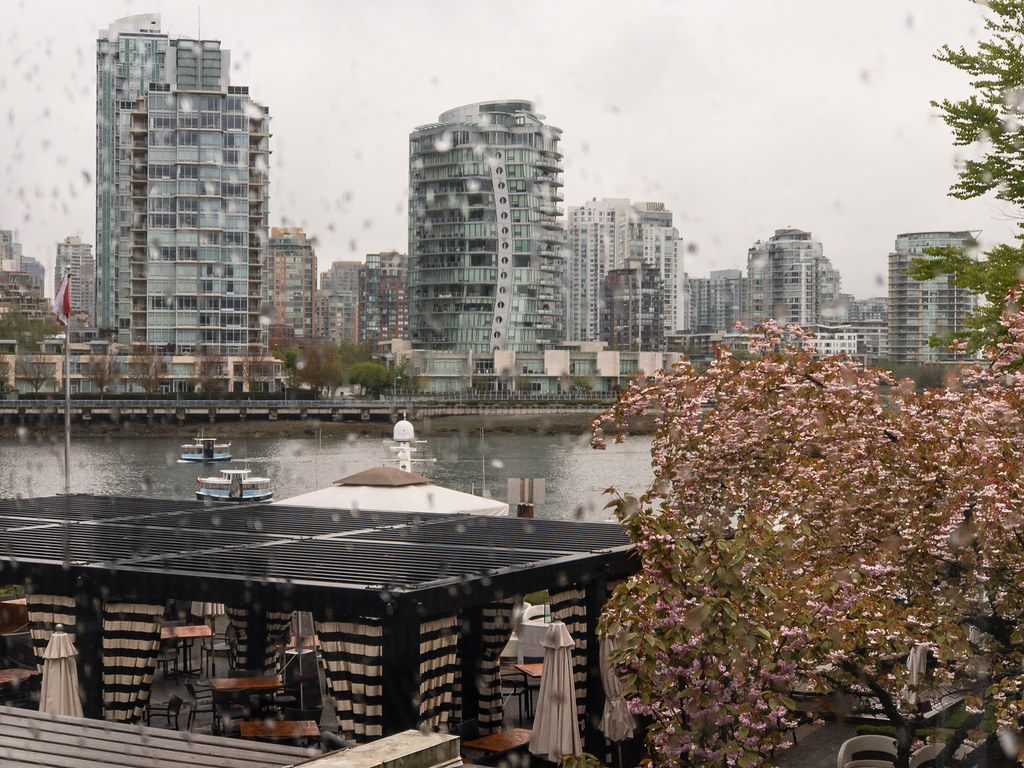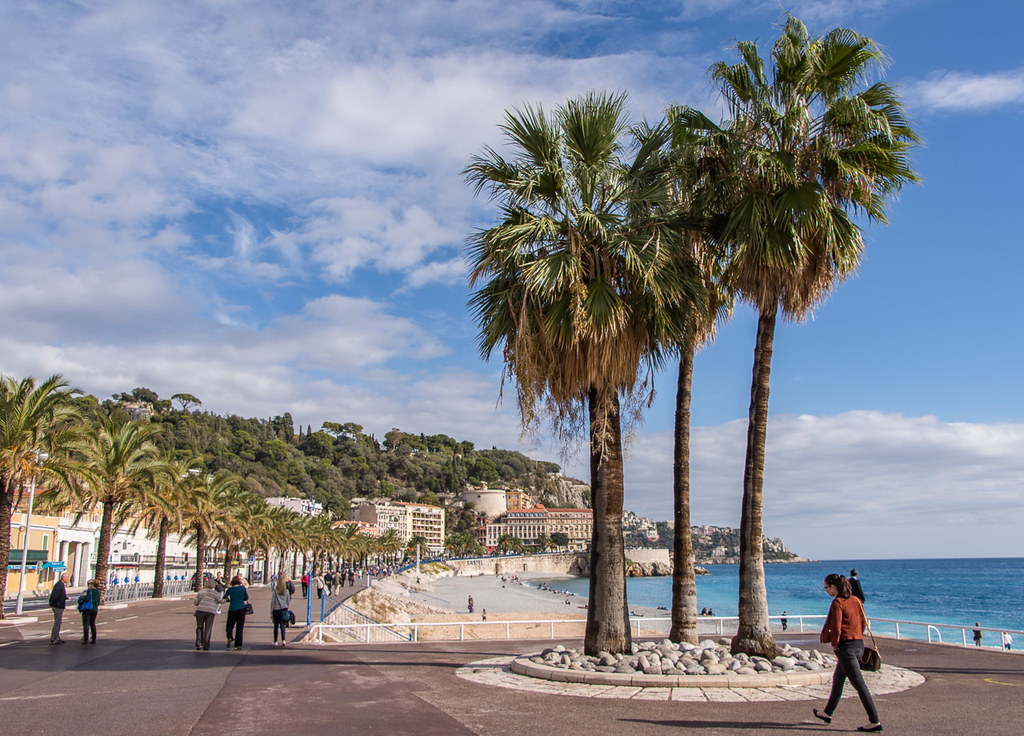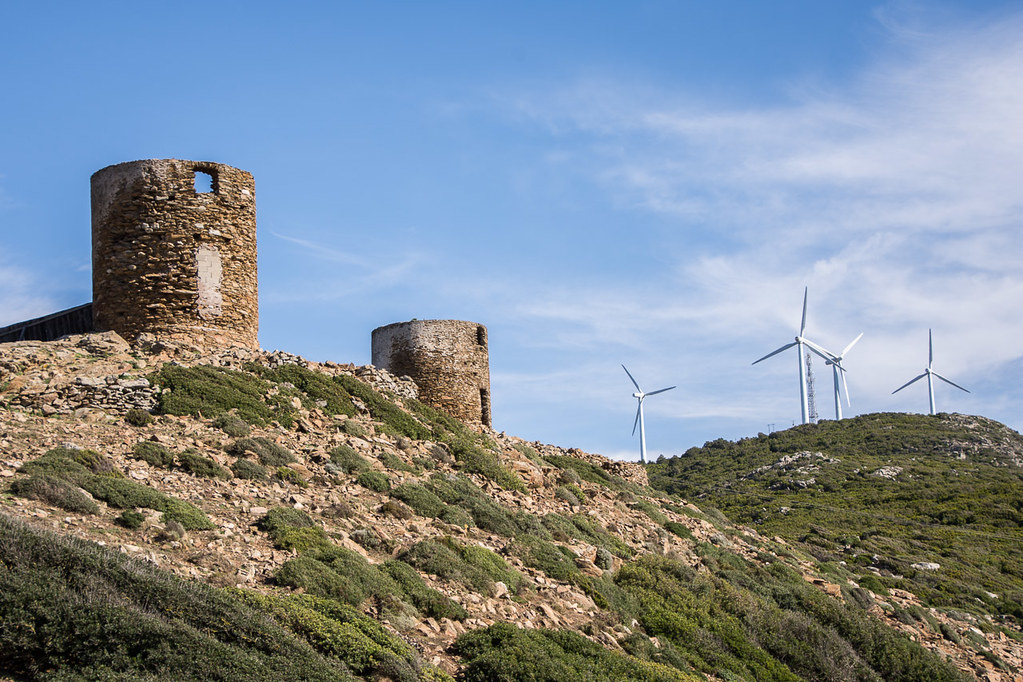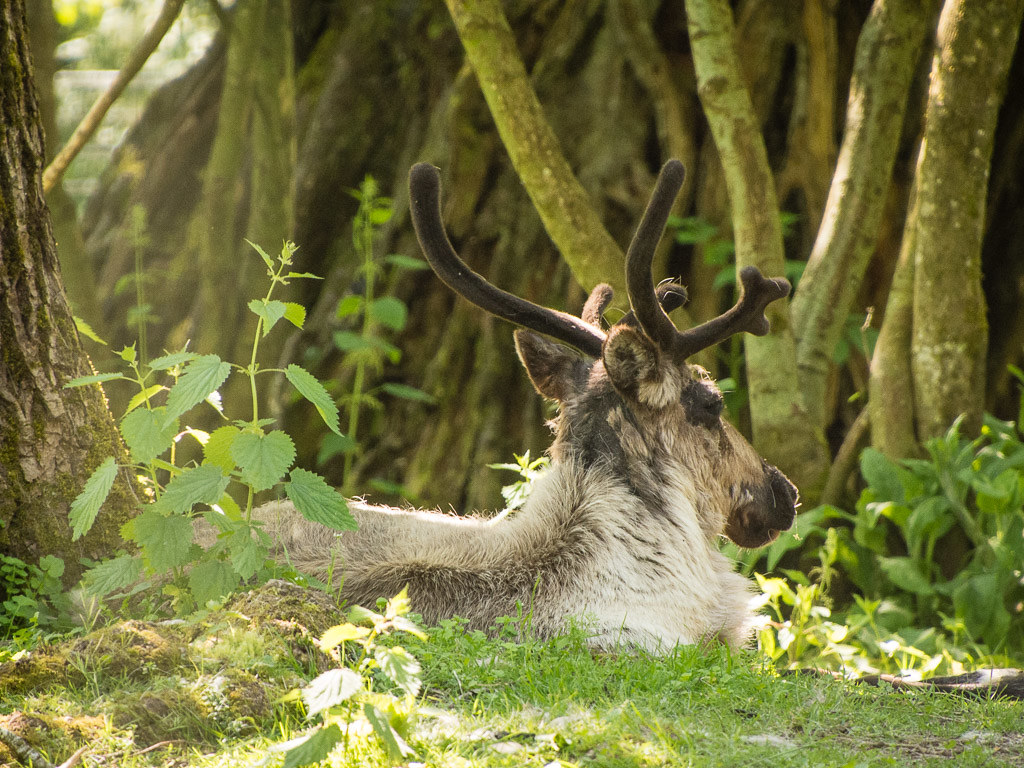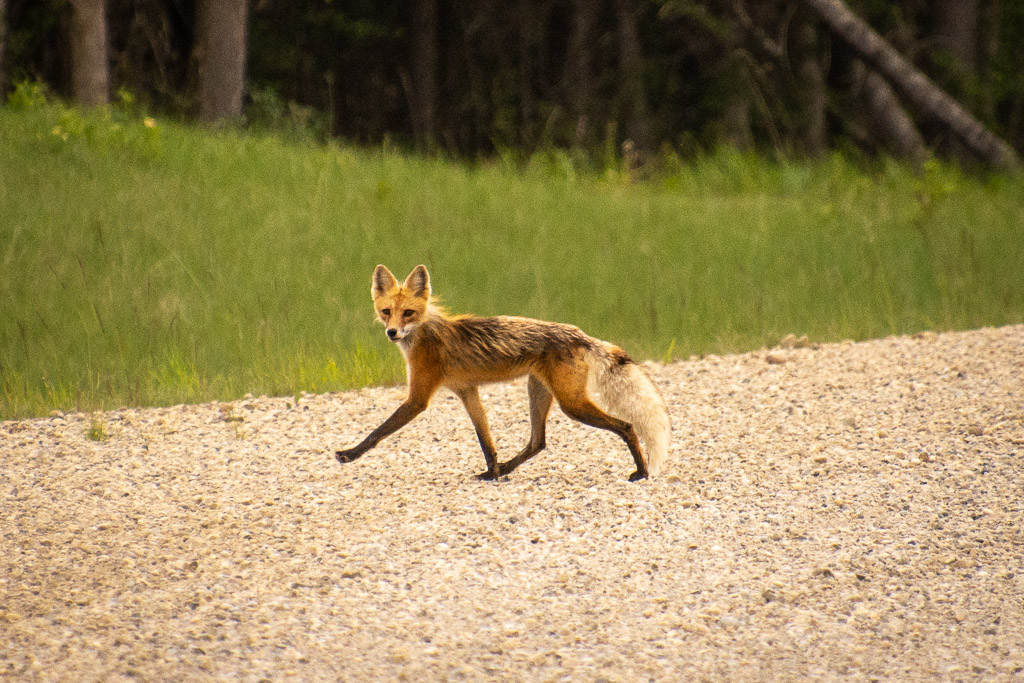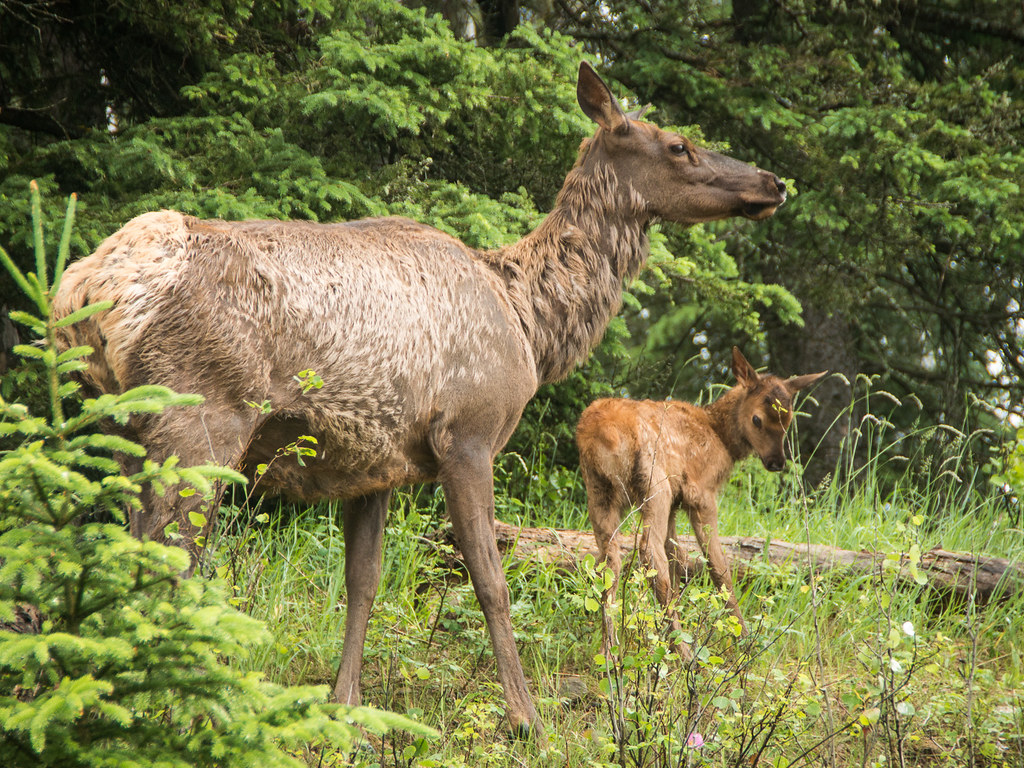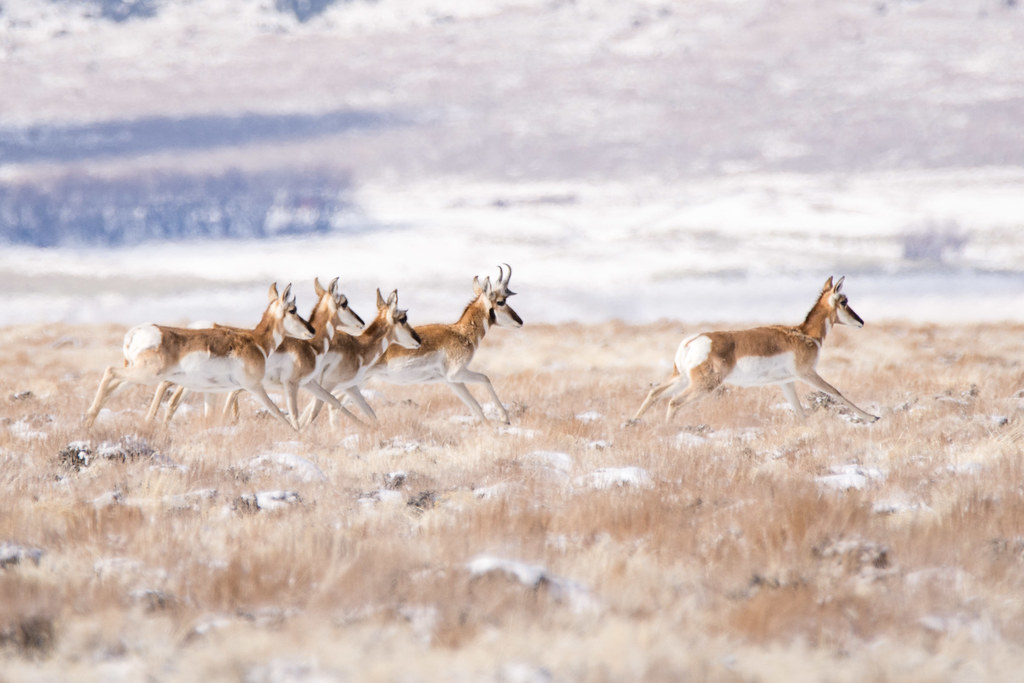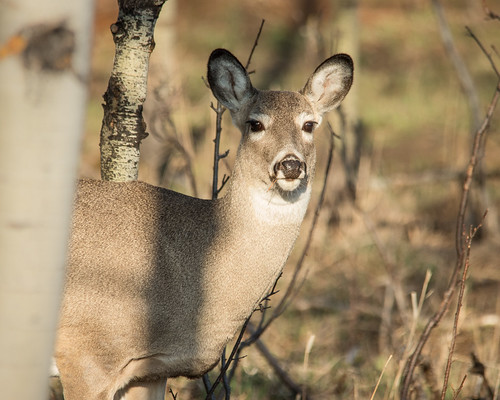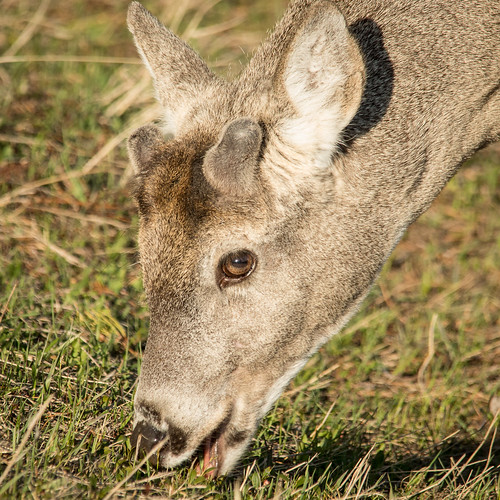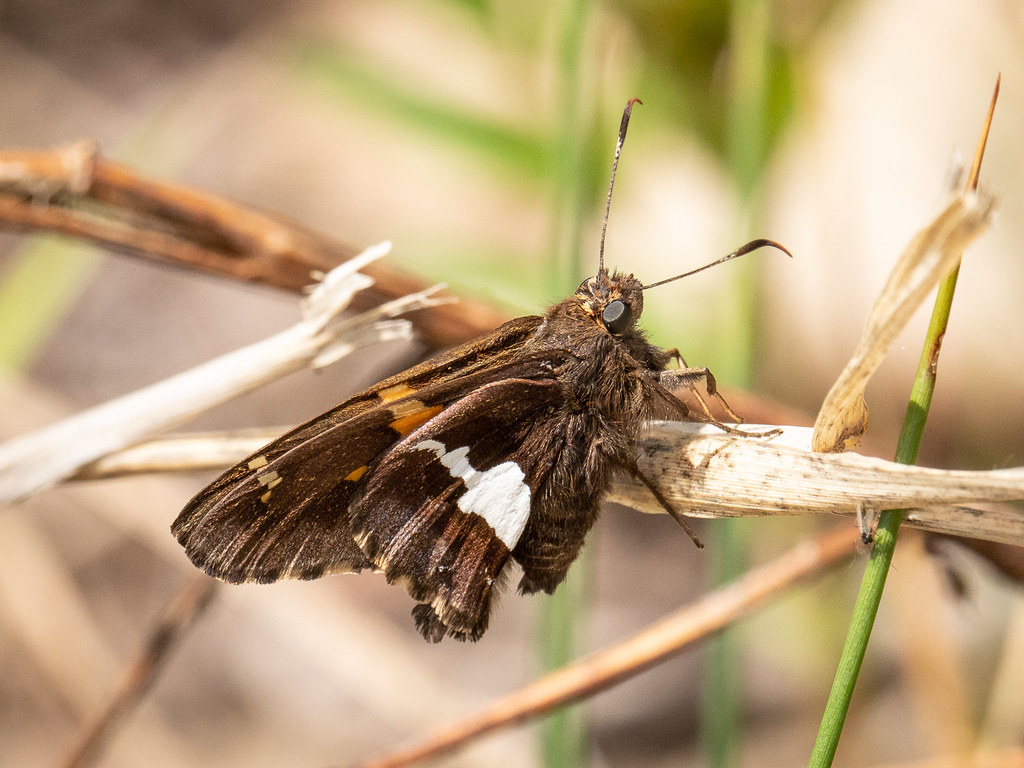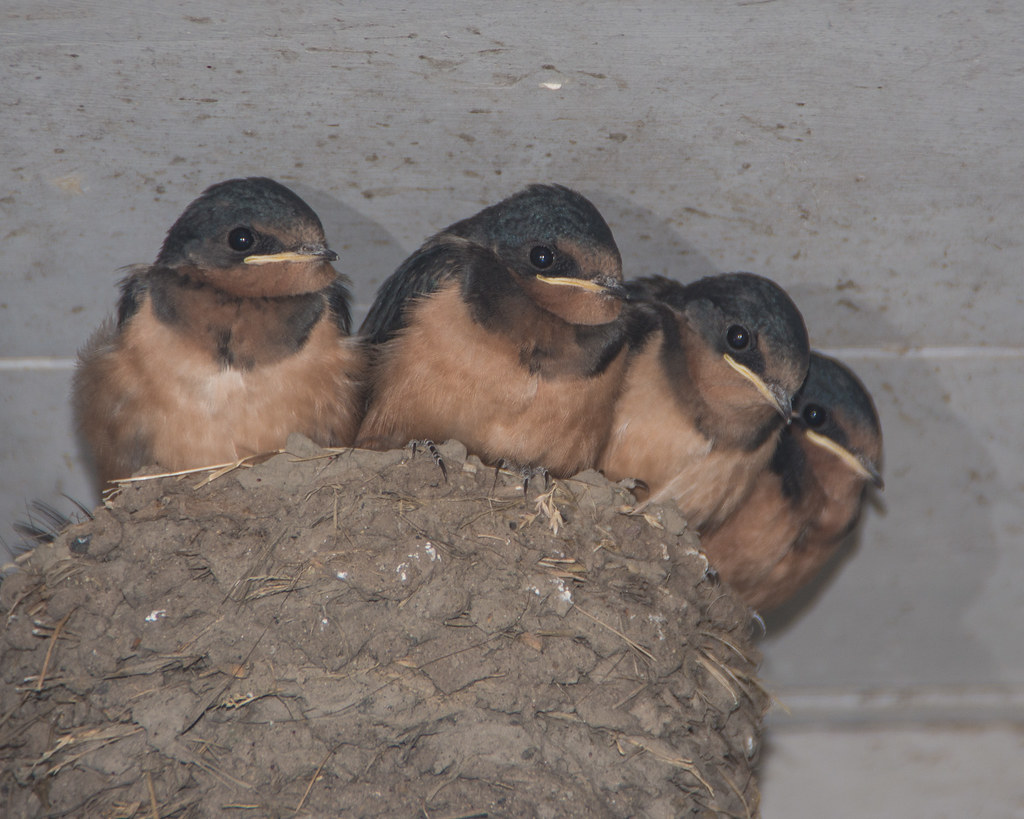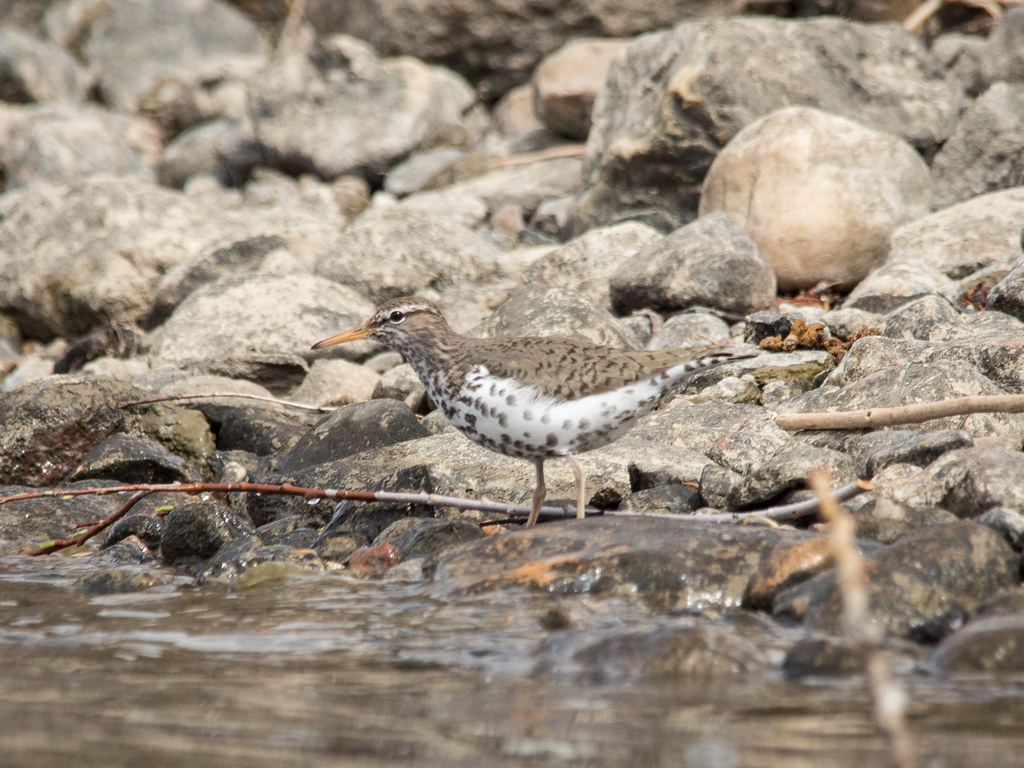A Changing Climate
“The climate determines almost everything about how we design, build, and live in our cities. The streets and sidewalks, businesses and homes, parking lots and public transit that we use every day have been created to suit our climate. Now, with our climate changing, we need to re-think important aspects of how we live our urban lives.” [Canadian Cities and Climate Change, Climate Atlas of Canada]
The Prairie Climate Centre’s interdisciplinary team are climate change storytellers. They’ve developed Building a Climate-Resilient City, a set of 9 reports on how we can set about building climate-resilient cities. Specifically addressing the concerns of Calgary and Edmonton, the reports cover economics and finance, agriculture and food security, urban ecosystems, transformational adaptation, transportation infrastructure, water supply and sanitation systems, electricity and information and communication technology infrastructure, the built environment, and disaster preparedness and emergency management. In addition to providing an overview of the issues, the reports share ideas and approaches that can be implemented immediately to bring about meaningful climate action in the face of a changing climate.
Nature-based Solutions
The Green Communities Guide from Alberta’s Land Stewardship Centre is designed to help communities plan and implement nature-based solutions and strategies to conserve water, protect water quality, preserve agricultural land, and protect critical open spaces and wildlife habitat.
Nature-based solutions are actions designed to protect, manage, and restore natural ecosystems in ways that benefit both humans and biodiversity as a whole. The online guide outlines the benefits of nature-based solutions for communities, businesses, and nature, providing case studies and tools to assist with financing, recommended practices, and other practical considerations.
Sadiq Khan, Mayor of London, England, has introduced far-reaching plans to green his city. They include:
- Rewilding parks and other green spaces through reintroducing lost species, rewiggling streams, creating pocket parks, and setting up nest boxes;
- Rain gardens, trees, and a reduction of impermeable paving to reduce flash flooding; and
- Living roofs and walls.
An Urban Greening Factor will be part of all new developments.
“The Urban Greening Factor (UGF) formula, inspired by the Swedish city of Malmö’s ‘green points’ system, scores each part of a development’s plan – including street-level areas, balconies and roofs – from 0 to 1, with trees, planters and green roofs earning high scores, while paving slabs and barren rooftops receive no score. Central government has also set out plans in the Environment Act 2021 to make developments deliver an uplift to biodiversity, which will require a 10% ‘biodiversity net gain’.”
Tackling GHG Emissions
As part of France’s massive Climat et Résilience bill, property owners are now expected to notify potential buyers of the home’s energy rating. Landlords will be unable to raise the rent on poorly insulated buildings and, by 2025, they will be unable to rent them out.
Berlin-based activists are pushing hard to eliminate private vehicles in a 55-square mile area of the city centre. There are also plans to reintroduce the tram network and expand the subway system. Ghent’s city centre has been designated a low-emission zone, strictly limiting the number of cars driving through the downtown core. Oslo has removed all on-street parking from its city centre.
Working Together
What may feel challenging or impossible on our own becomes doable when we band together.
Transition Streets, a Transition Network program, brings neighbours together to implement simple household changes building community and addressing environmental issues. The 7-session handbook “empowers neighbors to improve household energy efficiency, reduce waste and water use, explore transportation options, and eat healthy, local food.”
A network of cities, regions, and countries, have pledged to work towards producing everything they consume by 2054 as part of the Fab City Global Initiative. Canadian participants include Montreal and Bas-St.-Laurent. Local projects explore small batch design and production, open source data and technology, and novel materials, processes, and applications.
“Addressing the regional environmental contamination and global ecological footprints associated with modern urbanisation is a historic challenge. On the positive side, it is in cities that dynamic, new ideas are often generated. In the face of the planetary emergency that is upon us, the challenge is to utilise this creativity to rethink cities as regenerative, environmentally beneficial systems, linking the wellbeing of individual urban citizens with humanity’s collective interest in the health of our home planet. Only by mainstreaming renewable energy resources and by protecting and continuously regenerating the ecosystems and soils from which they draw their sustenance can cities become a viable, long-term home for humanity.” [A New Age, Herbert Girardet, in a special issue of Resurgence & Ecologist dedicated to cities]
